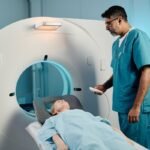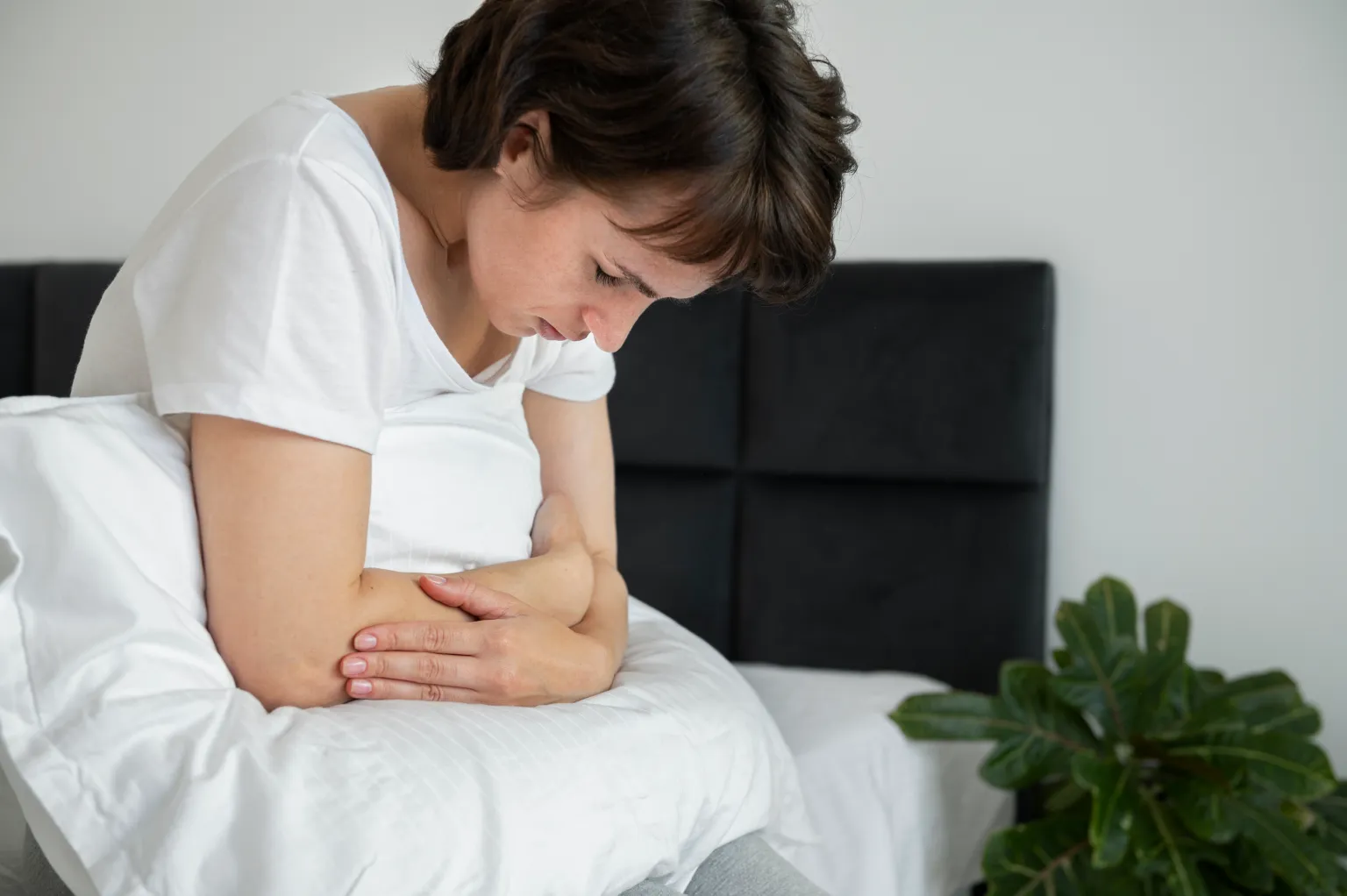Endometriosis presents symptoms that can affect the quality of life of patients. For this reason, it is important to identify them in order to seek medical help if necessary.
This disease affects approximately 10 percent (190 million) of women and girls of reproductive age worldwide, according to data from the World Health Organization (WHO). Of this percentage, between 30 and 40 percent of women who suffer from it may develop infertility in the future.
Access to early diagnosis and effective treatment of endometriosis is important but is limited in many settings, including low- and middle-income countries, WHO notes.
What is endometriosis?
Endometriosis is a condition in which tissue similar to the lining of the uterus grows outside the uterus. It causes severe pain in the pelvis and can cause infertility, according to specialists. In addition, this condition can begin during the first menstrual period and last until menopause.
Lidia Chinchilla, an obstetrician-gynecologist at the Guatemalan Social Security Institute (IGSS), mentions that this condition can be triggered due to a retrograde flow of the endometrium that goes towards the fallopian tubes.
As a result, small amounts of this layer are deposited in the pelvic cavity and when activated, it produces pain that is generally intense and in some cases becomes incapacitating, Chinchilla and Castro mention.
To diagnose this condition, one of three tests is required, including transvaginal ultrasound, video laparoscopy, and magnetic resonance imaging. Although it is generally a benign disease, it can cause severe discomfort.
On the other hand, there are cases in which the disease can present other complications. According to Castro, the tissue that is outside the endometrium can travel to other organs, including the brain. For this reason, it is important to detect endometriosis in time.
Symptoms of endometriosis
Chinchilla mentions that this inflammatory condition can cause pain, swelling, diarrhea, general discomfort, and in some cases, disabling discomfort. These can be experienced before, during, and after the menstrual period and can increase in intensity.
In addition, other experts mention that endometriosis also presents other symptoms among which are:
- Painful menstrual periods. According to Medline Plus, pain in the lower abdominal area may begin one to two weeks before a menstrual period. These cramps can be intense and permanent.
- Pain when urinating and at other times. Experts say that you may experience a lot of pain during urination, bowel movements, or even sexual intercourse.
- Long-term pelvic pain – This is chronic pain in the pelvis or lower back that may last six months or longer.
- Heavy menstrual bleeding. Bleeding between periods may also occur.
- Infertility. In some cases, various specialized sources mention that there may be difficulty in conceiving or maintaining a pregnancy.
It should be added that there are also psychological consequences derived from this condition. According to Dr. Castro, patients may present symptoms of depression, anxiety, and problems in their relationships.

Risk factors
Since this is a very common disease in women around the world, various studies have been conducted to determine the risk factors for patients. According to these investigations, these are some of them:
- If you have a mother, sister, or daughter with this condition, there is a chance that you will develop this condition.
- The onset of menstruation before age 11.
- If your menstrual cycles are short (less than 27 days)
- Prolonged heavy periods lasting more than a week
- Infertility
- According to Castro, it is also important to evaluate other factors such as a history of abortions, previous pregnancies, and other medical history when performing the medical evaluation.
Treatment
When the disease progresses to a debilitating case, cauterizations can be performed, says Dr. Chinchilla. According to data from the Assisted Reproduction organization, uterine cauterization is a medical procedure through which the tissue of the cervix that has some type of lesion is removed so that healthy tissue can develop.
However, although the pain is reduced, the disease itself does not have a specific cure, it can simply be controlled. Other specialists mention that non-invasive treatments can be used to avoid surgery.
When to see a doctor?
Chinchilla recommends attending an annual check-up with your trusted gynecologist to detect endometriosis and other conditions. Likewise, if you have any of the symptoms described above, you can go to a consultation to confirm or rule out diseases. Remember that your trusted doctor is the only person qualified to make this or any other diagnosis.






















+ There are no comments
Add yours